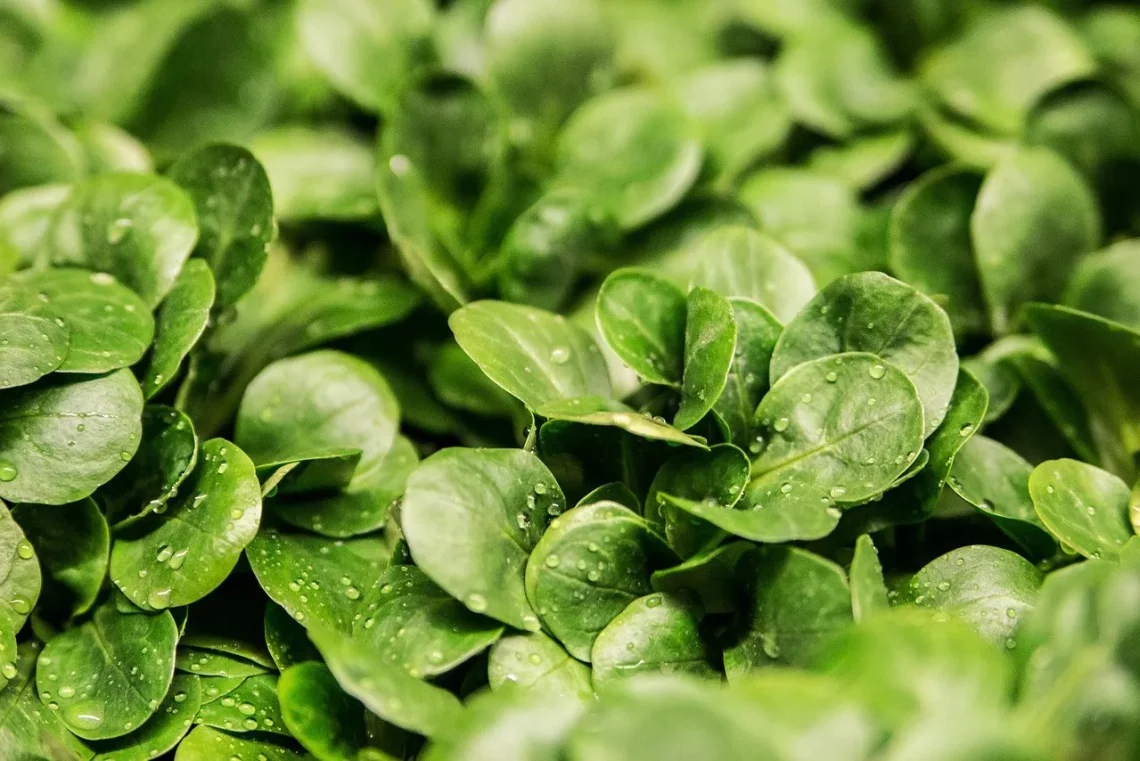
Can Guinea Pigs Eat Green Beans? A Guide to Safe Veggies
Guinea pigs are popular pets known for their friendly nature and playful antics. As a responsible pet owner, understanding their dietary needs is crucial for ensuring their health and well-being. These small herbivores thrive on a balanced diet that primarily consists of hay, fresh vegetables, and high-quality pellets. However, not all vegetables are suitable for guinea pigs, and some can even be harmful.
When it comes to introducing new foods to their diet, caution is essential. This is especially true for vegetables like green beans, which may seem harmless but require careful consideration. While guinea pigs can enjoy a variety of vegetables, it’s important to know which ones are safe and beneficial. In addition to greens, many pet owners wonder about the nutritional content of these veggies and how they can impact their furry friends’ health. It is vital to provide a diverse diet that meets the specific needs of guinea pigs, ensuring they receive essential vitamins and minerals.
This article will explore the suitability of green beans for guinea pigs, the nutritional benefits of different vegetables, and general guidelines for introducing new foods to their diet. By educating yourself on these topics, you can help your guinea pig live a happy and healthy life.
Understanding Guinea Pig Nutrition
Guinea pigs, scientifically known as Cavia porcellus, are herbivores that require a diet rich in fiber, vitamins, and minerals. Their digestive systems are uniquely adapted to process high-fiber foods, making hay an essential part of their daily intake. Timothy hay, orchard grass, and meadow hay are some popular choices that provide the necessary roughage for dental health and digestion.
In addition to hay, fresh vegetables play a crucial role in a guinea pig’s diet, offering hydration and essential nutrients. A variety of vegetables can be introduced, but it’s vital to ensure they are safe and non-toxic. Leafy greens such as kale, romaine lettuce, and parsley are excellent choices, as they are rich in vitamin C, which guinea pigs cannot synthesize on their own. This vitamin is critical for their overall health, as it supports their immune system and helps prevent scurvy, a disease caused by vitamin C deficiency.
When considering vegetables like green beans, it is essential to look at their nutritional profile. Green beans are low in calories and high in fiber, making them a potential treat for guinea pigs. However, they should be offered in moderation, as excessive consumption can lead to digestive issues. Understanding the balance between different food types is key to ensuring that guinea pigs get the nutrients they need without the risk of overloading on certain substances.
Always remember that any new food should be introduced slowly and in small quantities to monitor for any adverse reactions. This approach helps to prevent gastrointestinal upset, which can be common when guinea pigs are introduced to unfamiliar foods. Maintaining a balanced diet, consisting primarily of hay, supplemented with a variety of vegetables and occasional fruits, will help ensure that your guinea pig remains healthy and happy.
Are Green Beans Safe for Guinea Pigs?
When it comes to feeding guinea pigs green beans, the answer is generally yes, but with important considerations. Green beans are not toxic to guinea pigs, and they can be offered as an occasional treat. However, they should not form a staple part of their diet. The high fiber content in green beans can be beneficial, but they also contain higher sugar levels compared to other vegetables.
Moderation is key. A small amount of green beans can be introduced into your guinea pig’s diet, but it is crucial to observe how they react to this new food. Some guinea pigs may have sensitive digestive systems and could experience gas or bloating if they consume green beans in larger quantities. Always start with a small piece and monitor your pet’s reaction for a few days before increasing the amount.
It’s also essential to prepare green beans properly before offering them to your guinea pig. Wash them thoroughly to remove any pesticides or chemicals, and cut them into small, manageable pieces to prevent choking. Fresh green beans are preferable to canned or frozen varieties, as these may contain added salt or preservatives that are unsuitable for guinea pigs.
In addition to the potential digestive issues, it’s crucial to consider the overall variety in your guinea pig’s diet. While green beans can be a fun addition, they should not replace other nutrient-dense vegetables. Including a mix of leafy greens, bell peppers, and carrots will provide a more balanced intake of vitamins and minerals.
Ultimately, green beans can be enjoyed by guinea pigs as an occasional treat, but they should be part of a broader diet that supports their health and nutritional needs. Always consult with a veterinarian if you have concerns about your guinea pig’s diet or if you notice any adverse reactions after introducing new foods.
Nutritional Benefits of Vegetables for Guinea Pigs
Vegetables are an essential part of a guinea pig’s diet, providing a wide array of nutrients necessary for their health. Each type of vegetable offers different benefits, making it vital to introduce a variety of options to ensure a well-rounded intake.
Leafy greens are among the best choices for guinea pigs. Vegetables like spinach, romaine lettuce, and kale are rich in vitamin C, which is crucial for preventing scurvy. Additionally, these greens are high in water content, helping to keep your guinea pig hydrated.
Carrots are another popular choice, although they should be fed sparingly due to their higher sugar content. While they provide beta-carotene, which is converted into vitamin A, excess sugar can lead to obesity and dental issues. Thus, they should be treated as an occasional snack rather than a daily staple.
Bell peppers, especially red and yellow varieties, are excellent additions to a guinea pig’s diet. They are packed with vitamin C and are low in calories. Their vibrant colors can also entice picky eaters.
Other vegetables, such as cucumbers and zucchini, can be refreshing treats during warmer months. These vegetables have high water content, making them not only hydrating but also low in calories, allowing for guilt-free snacking.
However, it’s essential to avoid feeding guinea pigs starchy vegetables like potatoes or corn, as these can lead to digestive problems and obesity. Similarly, some vegetables, such as onions and garlic, are toxic to guinea pigs and should be completely avoided.
In conclusion, introducing a variety of safe vegetables into your guinea pig’s diet will contribute to their overall health and happiness. By ensuring they receive a mix of nutrients from different sources, you can support their immune system, promote healthy digestion, and maintain a healthy weight. Always remember to consult your veterinarian for personalized feeding advice and to address any dietary concerns you may have.
Introducing New Vegetables to Your Guinea Pig’s Diet
When it comes to introducing new vegetables to your guinea pig’s diet, a gradual and informed approach is essential. This process not only ensures that your pet adapts well to the new food but also minimizes the risk of gastrointestinal issues.
Start by selecting one new vegetable at a time. This allows you to monitor how your guinea pig reacts and whether they enjoy the new addition. Cut the vegetable into small, bite-sized pieces, making it easier for your guinea pig to eat and digest.
Observe your guinea pig closely after introducing the new vegetable. Look for signs of discomfort, such as bloating, diarrhea, or a change in behavior. If your guinea pig shows any negative reactions, discontinue the new food immediately and consult with a veterinarian if necessary.
It’s also helpful to offer the new vegetable alongside familiar favorites. This can encourage your guinea pig to try the new food while providing comfort from the foods they already enjoy. Positive reinforcement through gentle encouragement can also help in getting your guinea pig to accept new vegetables.
Keep in mind that guinea pigs can be picky eaters. Some may take longer to accept new foods than others. Patience is key, as forcing them to eat something they are uncomfortable with can lead to stress and aversion.
To keep your guinea pig engaged with their diet, rotate different vegetables regularly. This not only prevents boredom but also ensures they receive a variety of nutrients. However, always stick to the recommended safe vegetables and avoid introducing too many new items at once.
In summary, introducing new vegetables to your guinea pig’s diet requires a careful and gradual process. By taking the time to do this thoughtfully, you can expand their palate while ensuring their health and happiness.
**Disclaimer:** This article is intended for informational purposes only and should not be considered medical advice. Always consult a veterinarian for any health concerns regarding your guinea pig or before making significant changes to their diet.




